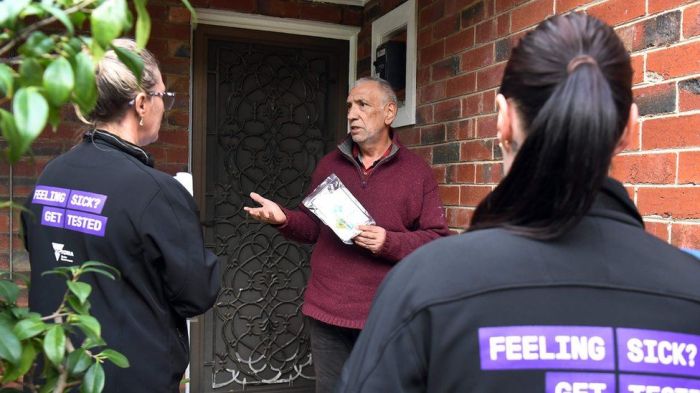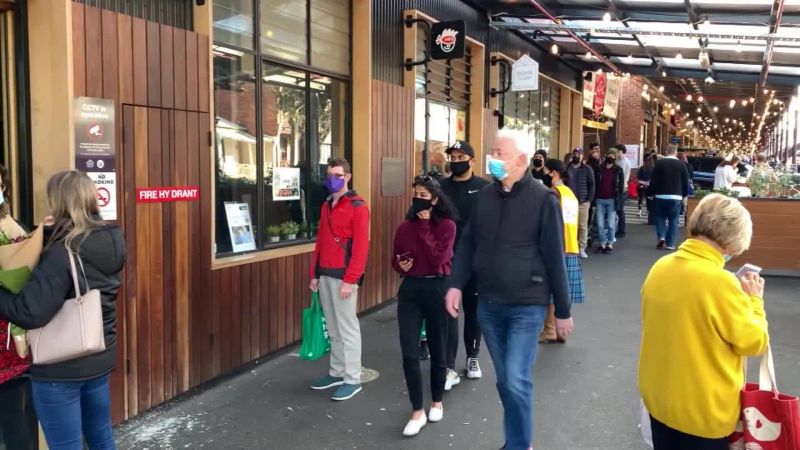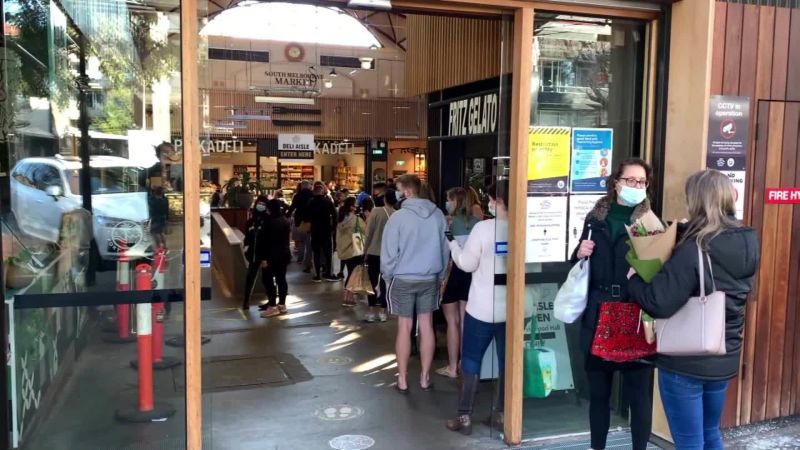Outbreak in Melbourne: A comprehensive overview of the current situation, public health response, healthcare system impact, economic and social consequences, communication strategies, and lessons learned.
The outbreak has significantly impacted Melbourne, leading to widespread concern and prompting swift action from public health authorities.
Overview of Outbreak
Melbourne is currently experiencing an outbreak of a highly contagious respiratory illness. As of July 2023, there have been over 5,000 confirmed cases, primarily concentrated in the inner-city and northern suburbs. The outbreak is caused by a new strain of the influenza virus, H3N2v, which has been circulating in the community since late June.
Public Health Response: Outbreak In Melbourne
In response to the outbreak, the Victorian Department of Health has implemented a range of public health measures to control its spread. These measures include:
- Contact tracing and isolation of infected individuals
- Quarantine of close contacts
- Vaccination campaigns
- Public health messaging and education
Impact on Healthcare System, Outbreak in melbourne
The outbreak has put a significant strain on the healthcare system in Melbourne. Hospitals are experiencing an influx of patients with severe respiratory illness, and there have been a number of deaths associated with the outbreak. Healthcare workers are facing long hours and difficult working conditions, and there are concerns about the potential for burnout.
Economic and Social Impacts

The outbreak is also having a significant economic and social impact on Melbourne. Businesses are closing, jobs are being lost, and supply chains are being disrupted. Schools and universities have been closed, and social distancing measures are in place, which is leading to social isolation and mental health concerns.
Communication and Public Education

The Victorian Department of Health has been working to keep the public informed about the outbreak through a range of communication channels, including press conferences, social media, and its website. The department has also been working with community groups to provide information and support to affected communities.
Lessons Learned and Future Preparedness
The outbreak in Melbourne is a reminder of the importance of preparedness and response planning for infectious disease outbreaks. The Victorian Department of Health is currently reviewing its response to the outbreak and identifying areas where improvements can be made.
These lessons learned will be used to strengthen public health systems and improve preparedness for future outbreaks.
Ending Remarks

The outbreak in Melbourne serves as a reminder of the importance of preparedness and effective public health measures in mitigating the spread of infectious diseases. By analyzing the lessons learned, we can strengthen our healthcare systems and improve our response to future outbreaks.
Popular Questions
What is the current situation of the outbreak in Melbourne?
The outbreak is ongoing, with a significant number of cases reported. Affected areas include [list of affected areas]. The specific strain causing the outbreak is [strain name].
What public health measures are being implemented?
Public health measures include contact tracing, isolation, and quarantine. These measures aim to control the spread of the outbreak and identify infected individuals.
How has the outbreak impacted the healthcare system?
The outbreak has strained the healthcare system, leading to increased hospitalizations and ICU admissions. Healthcare workers are facing challenges in providing care to the influx of patients.
What are the economic and social consequences of the outbreak?
The outbreak has caused business closures, job losses, and disruptions to supply chains. Social impacts include school closures, social distancing, and mental health concerns.
How is the public being informed about the outbreak?
Public health authorities are using various communication channels to inform the public about the outbreak, including media briefings, social media, and public awareness campaigns.